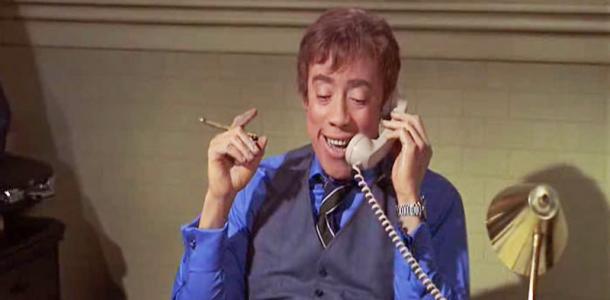From Ben Popper’s new Verge consideration of the queasy topic of bio-hacking and the advent of the real-life cyborg:
“In one sense, Mary Shelley’s Frankenstein, part man, part machine, animated by electricity and with superhuman abilities, might be the first dark, early vision of what humans bodies would become when modern science was brought to bear. A more utopian version was put forward in 1960, a year before man first travelled into space, by the scientist and inventor Manfred Clynes. Clynes was considering the problem of how mankind would survive in our new lives as outer space dwellers, and concluded that only by augmenting our physiology with drugs and machines could we thrive in extraterrestrial environs. It was Clynes and his co-author Nathan Kline, writing on this subject, who coined the term cyborg.
At its simplest, a cyborg is a being with both biological and artificial parts: metal, electrical, mechanical, or robotic. The construct is familiar to almost everyone through popular culture, perhaps most spectacularly in the recent Iron Man films. Tony Stark is surely our greatest contemporary cyborg: a billionaire businessman who designed his own mechanical heart, a dapper bachelor who can transform into a one man fighter jet, then shed his armour as easily as a suit of clothes.
Britain is the birthplace of 21st century biohacking, and the movement’s two foundational figures present a similar Jekyll and Hyde duality. One is Lepht Anonym, a DIY punk who was one of the earliest, and certainly the most dramatic, to throw caution to the wind and implant metal and machines into her flesh. The other is Kevin Warwick, an academic at the University of Reading department of cybernetics. Warwick relies on a trained staff of medical technicians when doing his implants. Lepht has been known to say that all she requires is a potato peeler and a bottle of vodka.”






















